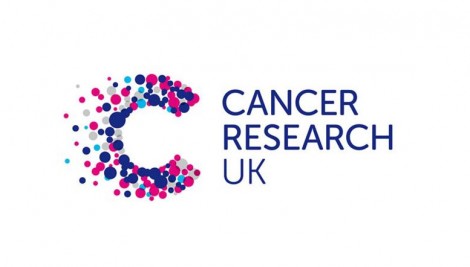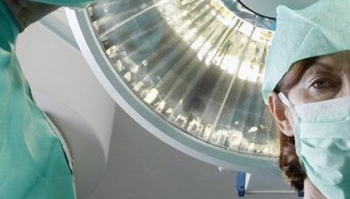Study suggests repurposing anti-depressant medication to target medulloblastoma
An international research team has reported a novel molecular pathway that causes an aggressive form of medulloblastoma, and suggests repurposing an anti-depressant medication to target the new pathway may help combat one of the most common brain cancers in children.
The multi-institutional group, led by scientists at Cancer and Blood Diseases Institute (CBDI) at Cincinnati Children’s Hospital Medical Center, publish their results in the online edition ofNature Medicine.
The researchers suggest their laboratory findings in mouse models of the disease could lead to a more targeted and effective molecular therapy that would also reduce the harmful side effects of current treatments, which include chemotherapy, radiation or surgery.
“Although current treatments improve survival rates, patients suffer severe side effects and relapse tumours carry mutations that resist treatment,” said lead investigator Q. Richard Lu, PhD, scientific director of the Brain Tumor Center, part of the CBDI at Cincinnati Children’s.
“This underscores an urgent need for alternative targeted therapies, and we have identified a potent tumour suppressor that could help a subset of patients with an aggressive form of medulloblastoma.”
Using genetically-engineered mice to model human medulloblastoma, the authors identified a gene called GNAS that encodes a protein called Gsa.
Gsa kicks off a signalling cascade that researchers found suppresses the initiation of an aggressive form of medulloblastoma driven by a protein called Sonic hedgehog – considered one of the most important molecules in tissue formation and development.
The scientists used an anti-depressant medication called Rolipram – approved for behavioural therapy for use in Europe and Japan – to treat mice that were engineered not to express the GNAS gene.
Lack of GNAS allowed aggressive formation of medulloblastoma tumours in neural progenitor cells of the GNAS mutant mice.
Rolipram treatment in the mice elevated levels of a molecule called cAMP, which restored the GNAS-Gsa pathway’s tumour suppression function.
This caused the tumours to shrink and subside.
The study also suggests that elevating cAMP levels in cells enhances the potency of Sonic hedgehog inhibitors, currently being tested in clinical trials to fight tumour growth.
The scientists stressed that a significant amount of additional research is needed before their findings could become directly relevant to clinical treatment.
The authors also caution that the effect of raising cAMP levels may depend on the type of cancer, and that laboratory results in mice do not always translate uniformly to humans.
Source: Cincinnati Children’s Hospital
























